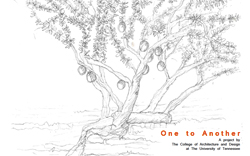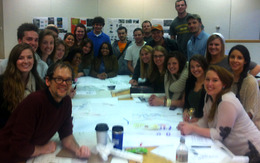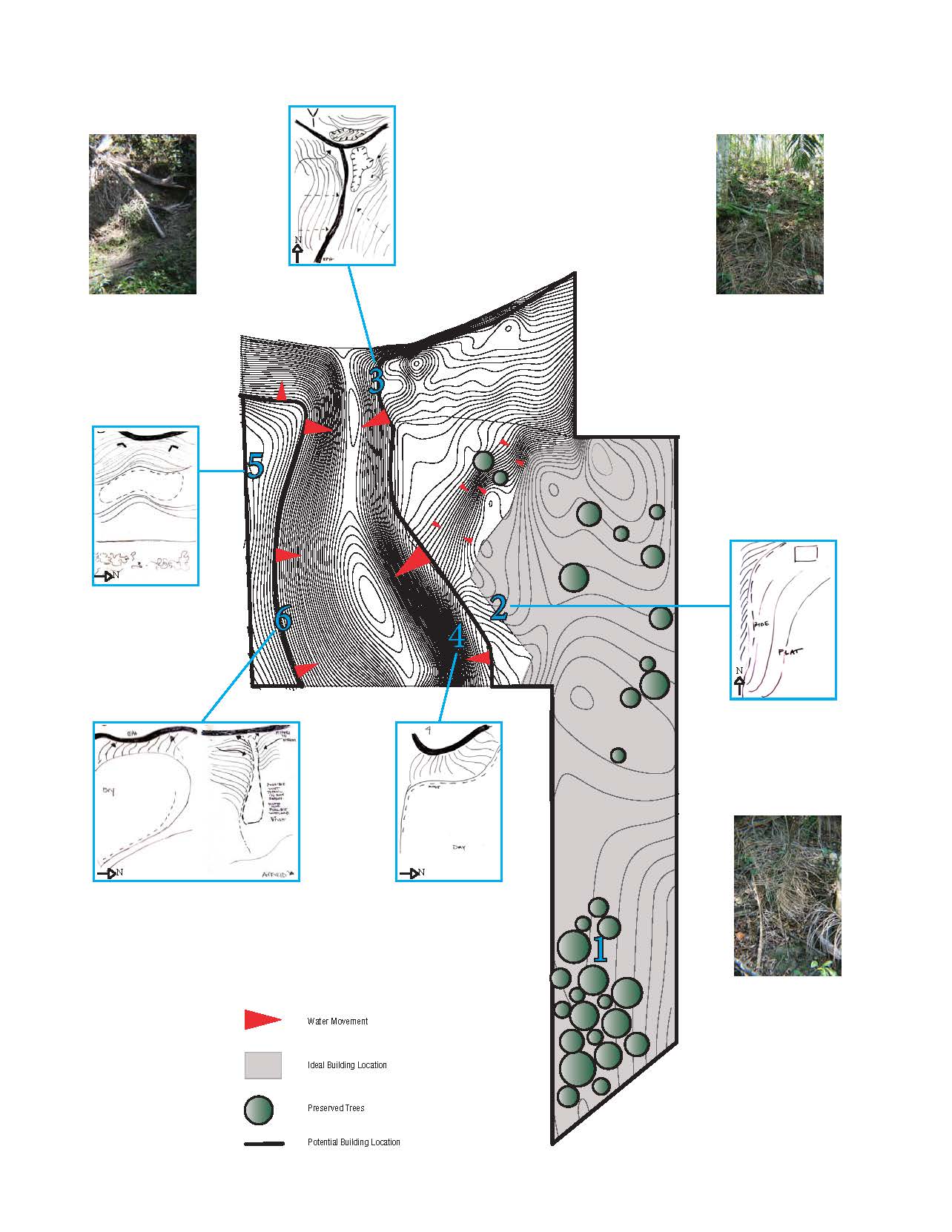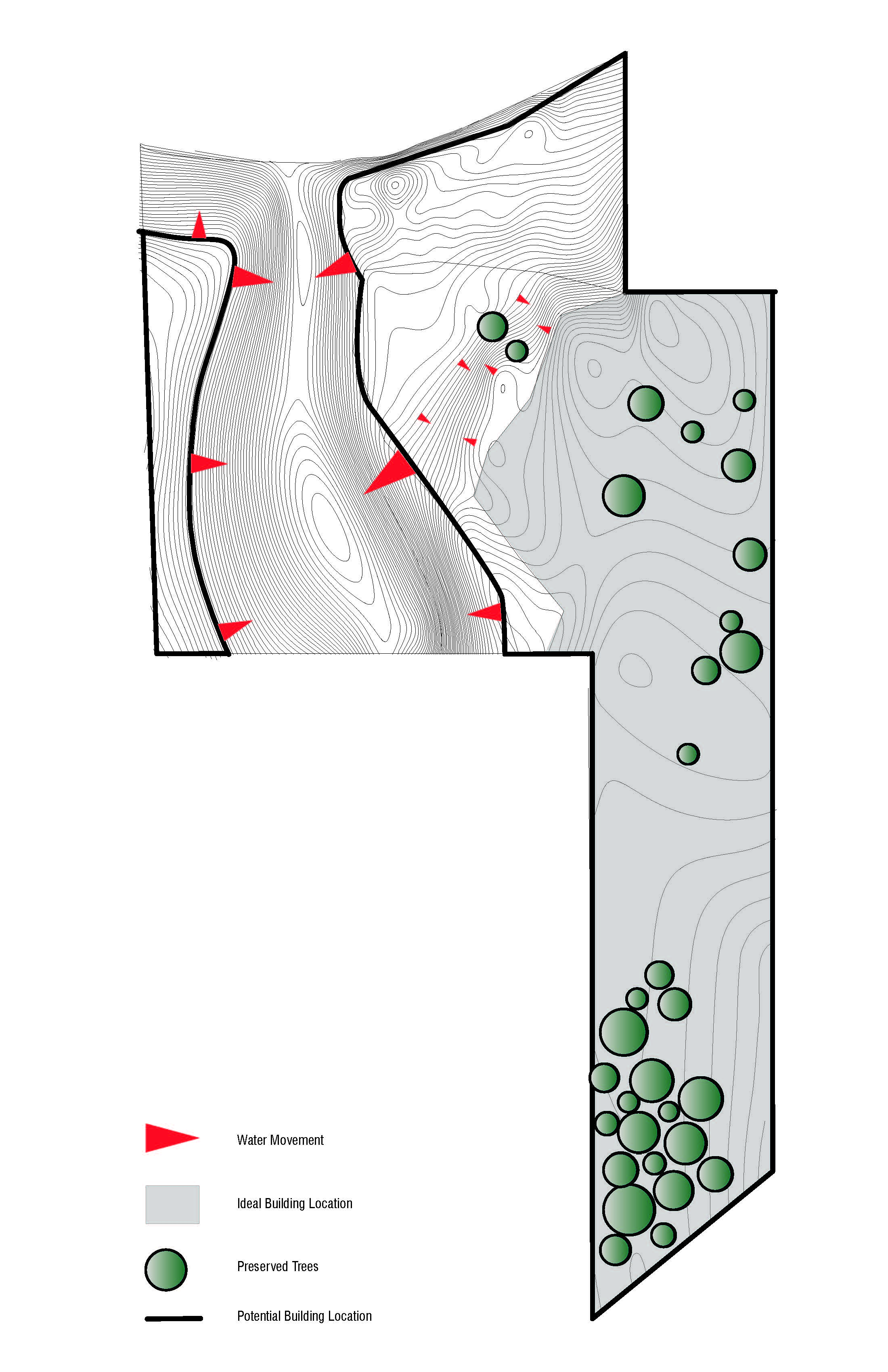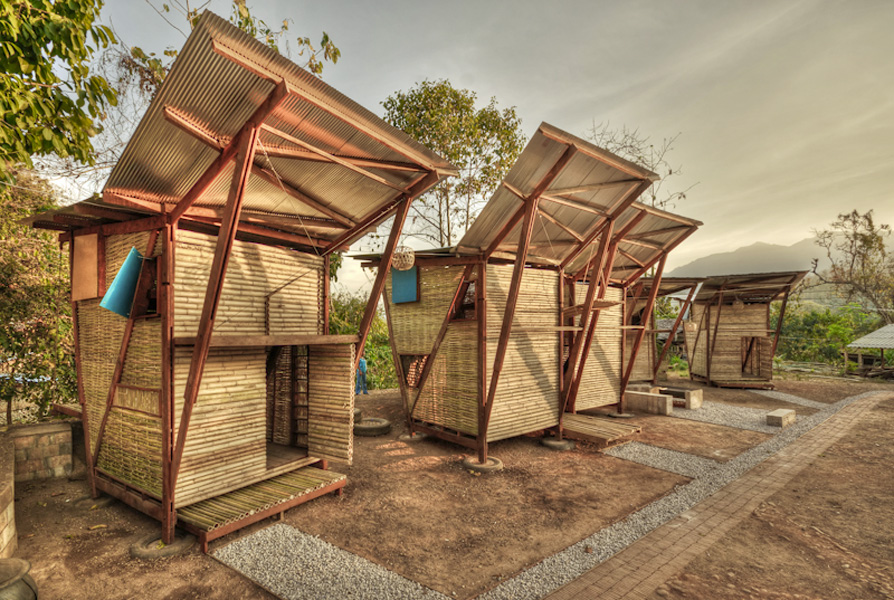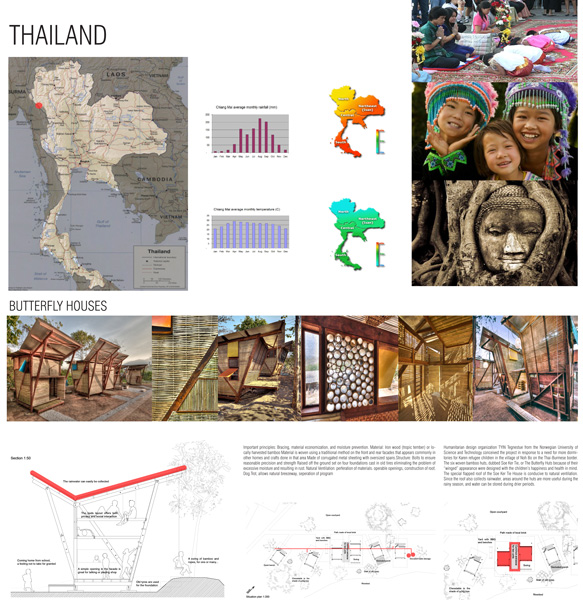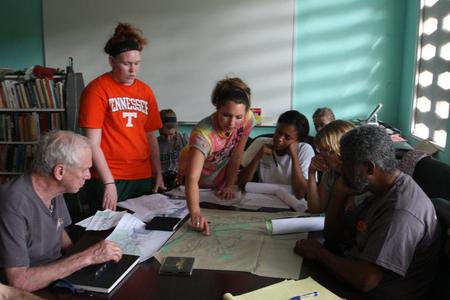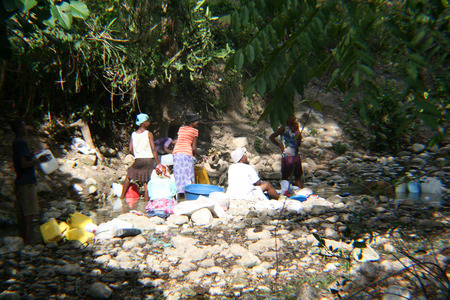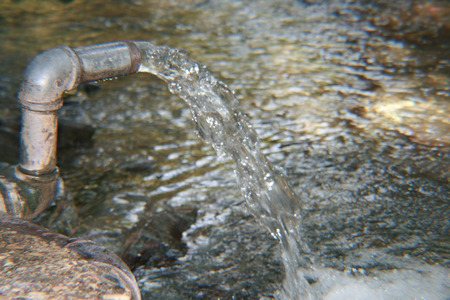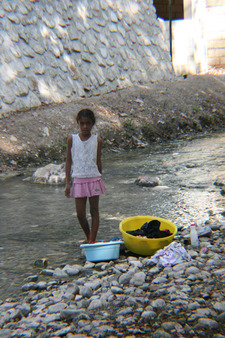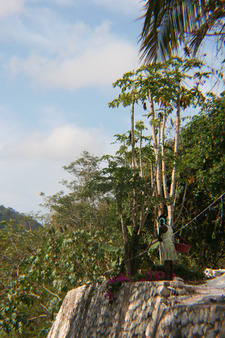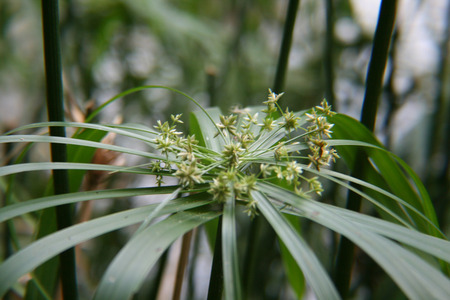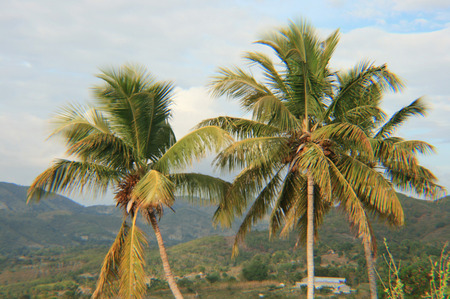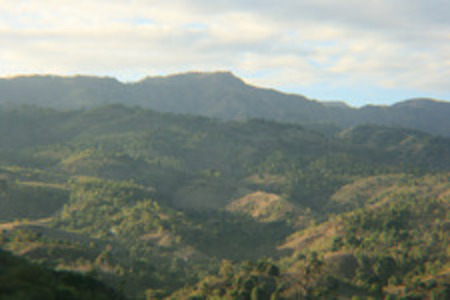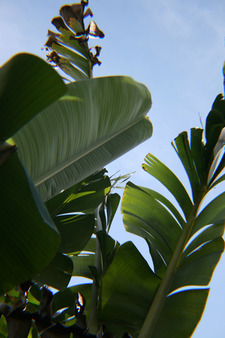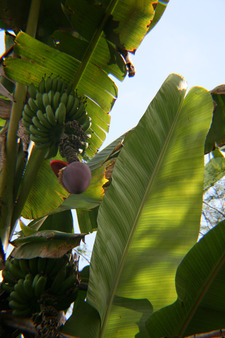
Entries in Sarah Heimermann (10)
TEAM B SITE ANALYSIS
 Wednesday, February 15, 2012 at 8:04PM
Wednesday, February 15, 2012 at 8:04PM  TEAM B SCHEMATIC SITE PLAN
TEAM B SCHEMATIC SITE PLAN
 TEAM B DRAFT 2
TEAM B DRAFT 2
 DRAFT 1
DRAFT 1
Next Steps
 Friday, February 10, 2012 at 1:29PM
Friday, February 10, 2012 at 1:29PM 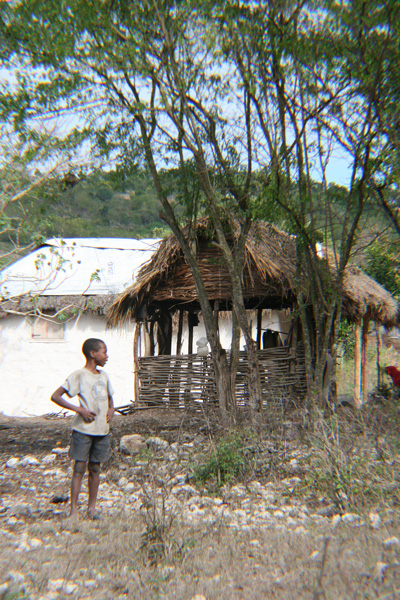 Photo by Morgan Oiler
Photo by Morgan Oiler
Our experience in Haiti by far exceeded our expectations. To learn about a culture and to experience that culture results in summation that your research is only a single story. Preconceived notions are either proved true or false. To our advantage, though, we are able to elaborate on or reevaluate design concepts from our initial approach based on the proving of these notions. As a group we chose to elaborate on the porch concept and reevaluate the kitchen concept.
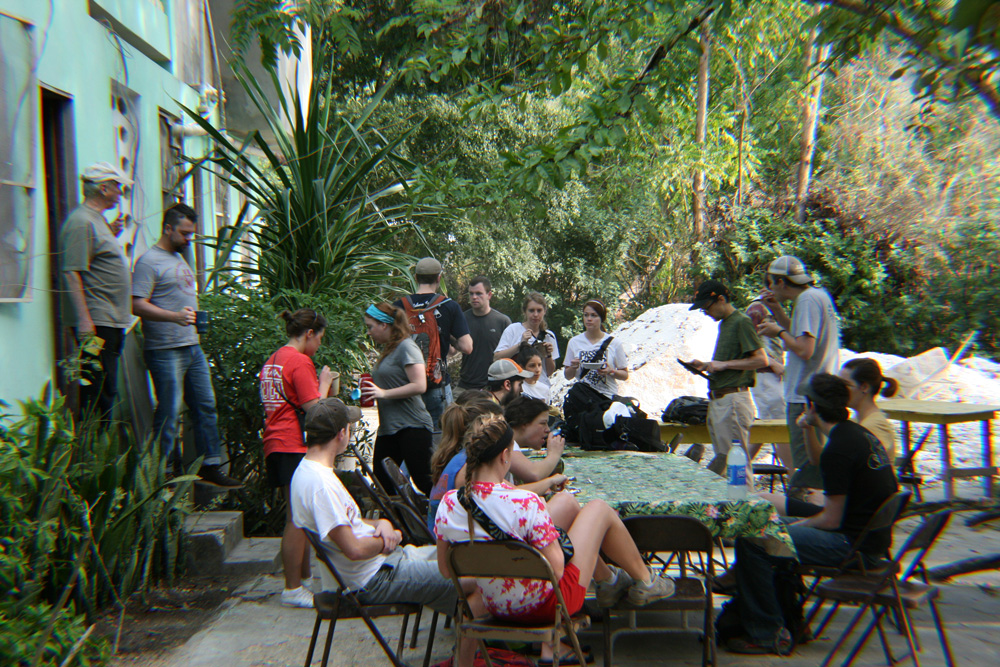
Photo by Morgan Oiler
While in Haiti, our classmates built relationships within our studio and with Haitians that probably would not have existed otherwise. In a sense, we became a family, through gathering and socializing, through laughter and silence. These interactions somehow always took place on or within the realm of the porch. Therefore, our group took initiative to analyze the key factors contributing to or causing this observation. We determined that everyone always migrated toward the porch for several reasons.
- shade
- seating
- views of surrounding environment
We also observed that the porch was never big enough for a large group gathering. Only several people could enjoy this space. Hence, moving forward, we will take this analysis into consideration and develop a stronger design for the "porch concept".
Photo by Morgan Oiler
Before our excursion, as a studio, we believed that cooking outside was a way of life in the Haitian culture. From our understanding, the Haitians were used to that lifestyle and perhaps it gave them great pleasure to do so. However, through interviewing Jean and Joy Thomas, we discovered that some Haitians were only prepared food outside by choice. Kitchens are still needed in the home and should not be designed to enhance the outdoor cooking tradition. Instead the kitchen should be considered another room indoors. In this urban alternative community, cooking outside should be viewed as a plan B, in case gas stoves cannot be powered. Moving forward in our scheme, we have to reevaluate this notion in order to satisfy our clients and improve the overall master plan to include these design aspects. This, in turn, creates constraints that conclude in creative solutions, which motivates our team.
 Haiti,
Haiti,  haitian,
haitian,  kitchen,
kitchen,  porch in
porch in  Emily Ryan,
Emily Ryan,  Morgan Oiler,
Morgan Oiler,  Samuel Funari,
Samuel Funari,  Sarah Heimermann,
Sarah Heimermann,  Team 3
Team 3 Design Proposal
 Friday, February 10, 2012 at 1:10PM
Friday, February 10, 2012 at 1:10PM Precedent Analysis
Located in a small village of Noh Bo, Tak on the Thai-Burmese border, the Butterfly Houses were designed by TYIN Tegnestue, a non profit organization specializing in humanitarian architecture. This community of dormitories was designed to work in collaboration with the existing orphanage. The goal was to create a space where children could have a normal living experience, with room to climb, swing, interact, or be alone. Our analysis focused primarily on the functionality of the units and how we might glean principles out of their design to utilize in our design of Haitian residences.
SITE PLAN
 Site Plan and Driving Concepts
Site Plan and Driving Concepts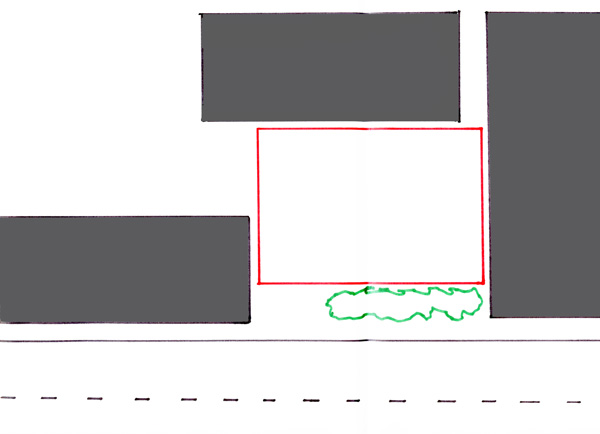 Private Courtyard Diagram
Private Courtyard Diagram Street View
Street View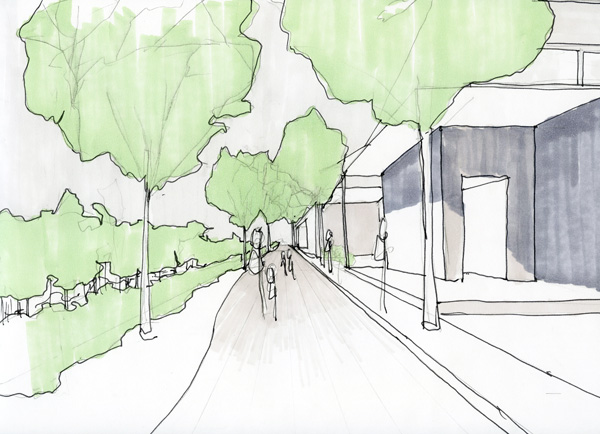 Pedestrian Walkway
Pedestrian Walkway
 Street View Looking Into Courtyard
Street View Looking Into Courtyard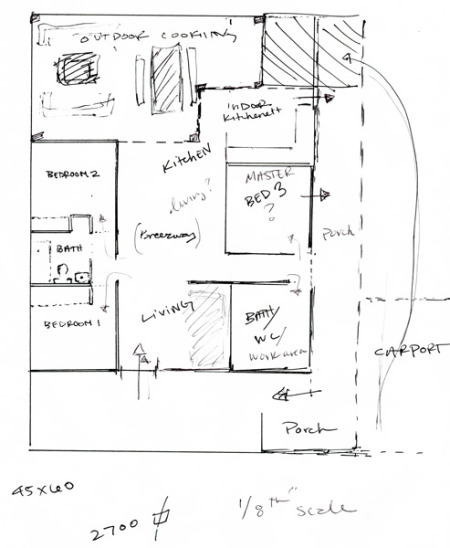 Floor Plan
Floor Plan
When designing this proposal for a housing development in Fonds Des Blancs, Haiti, we decided to shape our program around four major, driving concepts. In order to optimize views and maintain a strong edge along the street, porches were designed to fit the house and act as a buffer between the irregularly placed houses and the rigid street. Most of the porches used are considered private and semi-private, so that they can better serve the inward-focused courtyard or take full advantage of interactions that would occurr along the street edge.
Throughout the site, a pedestrian path has been created to guide both visitors and residents through the site, serving as the main connection between the commercial zone along the main street and the large communal space located near the intersection of the streams. This path follows the natural topography of the site within a rigid, paved framework, while also interweaving various landscape features. Running the full length of the path is a colonade of trees designed to optimize certain views and shield other views into the private courtyard. These trees serve as a guide to lead pedestrians to the communal pavilion or the commercial space. Views have dictated much of what was designed on the site, from the orientation of the homes, to the location of the pavilion and communal space.
Every house on the site has been designed in such a way that it acts as one part of group of homes that create several pods across the site. This layout allowed us to utilize the private courtyards and create an inward focusing space that can be used as a gathering place for cooking, socializing or recreation. While each home is allotted to their own lot, the private courtyard acts as backyard to each home within the pod.
Team 3 Design Proposal Gallery
Sources:
http://www.archdaily.com/25748/soe-ker-tie-house-tyin-tegnestue/
http://cvs-thailand.com/house/index.html
Adventures in Haiti
 Friday, February 10, 2012 at 1:09PM
Friday, February 10, 2012 at 1:09PM The culture of a place is the most important element to consider in design. On of Haiti's most prominent elements of Haiti's cutlture is water. Life revolves around water. In Haiti water plays an enormous role in everyday life. As Americans we take simple tasks such as bathing, laundry, or even simply brushing our teeth for granted. For Haitians the involvement of water brings community. Everything in the Haitians day is based on when, where, and how they obtain their water and who they obtain it with.
Photo by Morgan Oiler
Photo by Morgan Oiler
Photo by Morgan Oiler
Photo by Morgan Oiler
Photos by Morgan Oiler
Site Overview
Photo by Morgan Oiler
Photo by Morgan Oiler
Photo by Morgan Oiler
Water is not only an important element to the Haitian culture, but to our site development as well. During our time in Haiti our team researched hydrology patterns on our site. The site was broken up into six regions. We started our research at the Ephemeral stream which cuts through the site. We recorded potential wet lands, ponds, and water flow patterns. We noticed the direction of water flow and where water collected. Haiti is currently in its dry season so we were able to notice where ponds of water occur. It was important to get accurate sketches to understand what areas are unbuildable.
Photos by Morgan Oiler
 Haiti,
Haiti,  culture,
culture,  haitian,
haitian,  laundry,
laundry,  water in
water in  Emily Ryan,
Emily Ryan,  Morgan Oiler,
Morgan Oiler,  Samuel Funari,
Samuel Funari,  Sarah Heimermann,
Sarah Heimermann,  Team 3
Team 3 
